Do Running Shoes Need Wearing In? Yes – Here's Why It Matters
If you’re asking, dorunning shoes need wearing in? — the answer is yes. While newer designs aim for comfort straight out of the box, breaking in running shoes is still essential for most runners. Even high-tech materials need time to adjust to your feet. This break-in period gives the shoe a chance to mold to your foot shape, reducing the risk of pressure points, blisters, or unexpected rubbing during longer runs.
How Breaking In Running Shoes Affects Comfort and Fit
Breaking in running shoes gradually allows the cushioning and structure to adapt little by little. When you slip into new shoes for the first time, they might feel snug or slightly stiff. That’s normal. Foam midsoles and mesh uppers haven’t flexed or conformed yet, which means they haven’t settled into your stride. A slow ramp-up lets the shoes loosen in the right places, helping to avoid discomfort and skin irritation as your mileage increases.
Do Running Shoes Need Wearing In for Injury Prevention?
Yes, they do. Braking in your running shoes not only supports comfort but also guards against injury. A fresh pair changes how your foot hits the ground—slightly tweaking how your muscles and joints react. This can stress your calves, shins, or even your knees if you don’t phase them in properly. When conditioning running shoes, shorter runs let your body get used to the difference with less risk. Gradual use helps reduce the chances of plantar fasciitis or shin-related issues, especially in the first few weeks.
Fit Checks and Break-In Time: How to Know Your Shoes Are Ready
Don’t rush it. Breaking in running shoes typically takes a few wear sessions—around 5 to 10 miles over various short walks or runs. During this time, it’s important to look for signs that the shoe might not actually fit your foot well. Do you notice tightness around the toes or slipping near the heel? If yes, the break-in phase also gives you time to reconsider before making the shoe your go-to pair for long distance.
Bottom line: do running shoes need wearing in? Absolutely. Taking the time to break them in properly makes a big difference in how they perform—and how your body responds with every stride.
Do Running Shoes Need Wearing In? A Beginner's Guide
Questioning whether running shoes need wearing in is common especially with today’s designs, designed for comfort. Surprisingly, most shoes still benefit from a short break-in period. This process helps the shoes adapt to the shape of your feet, consequentially enhancing comfort during runs and minimising discomfort.
Breaking In Running Shoes: The Time Frame
Patience is key when breaking in running shoes. Typically, this process takes anywhere between 2 to 4 weeks or about 5 to 10 kilometres of use. Certain models such as lightweight runners with foam or mesh uppers may feel comfortable within a couple of outings. However, structured or stability shoes may require a slightly longer break-in period.
Factors That Affect Shoe Break-In
Several factors play into the speed of your shoe break-in:
-
Shoe type: Neutral running shoes often feel ready faster, while stability models take a little longer.
-
Materials: Soft foams and breathable mesh adjust quickly. Denser cushioning or firmer uppers can need more time to mold to your foot.
-
Runner’s habits and physique: Heavier runners and those who run on tarmac or treadmills may experience a faster break-in period compared to trail runners.
With these in mind, the answer to the initial question, "do running shoes need wearing in?" leans toward yes, no matter the circumstances.
Safely Breaking In New Running Shoes: A Few Tips
Here a few tips for a seamless break-in:
-
Start with short running sessions of 10 to 20 minutes and alternate with your old pair if needed.
-
To quicken the process, you could slightly warm your shoes with a hairdryer or use the freeze-method to stretch tight areas.
-
Pay attention to your body during this process. Consistent uncomfortable areas may indicate a sizing issue rather than a break-in issue.
Do Running Shoes Need Wearing In? The Bottom Line
Always allow your running shoes time to conform to your feet. Rushing this may lead to discomfort or injury. So, do running shoes need wearing in? Absolutely, but the process need not be bothersome. Ease your shoes in one run at a time, and your comfort will tell the story.
Do Running Shoes Need Wearing In? Start with Small Steps
When it comes to new footwear, one common question runners ask is: do running shoes need wearing in? While today’s models are made for comfort right out of the box, a short wearing-in period helps your shoes shape better to your feet and reduces the chance of discomfort or injury. Start simple by wearing them around the house or while running light errands. This low-impact use gives your feet time to adjust and lets the shoe materials—especially around the sole and upper—start adapting to your natural movement.
Mix in your old running shoes at first, especially during tougher workouts or long runs. Gradual use helps the shoe’s cushioning, arch support, and overall structure align more comfortably with your stride. Breaking in running shoes slowly sets up a stronger foundation for comfort and performance over the long haul.
Do Running Shoes Need Wearing In? Why the Break-In Period Matters
So, do running shoes need conditioning beyond the first few tries? In most cases, yes. Even with advanced designs, new shoes can feel stiff at first. That initial stiffness can lead to hot spots or rubbing—especially if your foot shape doesn’t match the shoe perfectly. Breaking in running shoes allows key support areas to flex where you need them, making the fit more forgiving and helping prevent blisters and soreness.
It’s not just about comfort—it’s about performance, too. Slowly introducing your shoes helps your legs adjust to any change in cushioning, arch support, or heel drop. This reduces the risk of strain and lets you build confidence in how your shoes handle during different types of runs.
Safe Ways to Speed Up Breaking In Running Shoes
You can help the break-in process along with simple at-home techniques, but they should be used with care. One method is using a gentle heat source—like a hair dryer—to soften tight areas before putting your shoes on with thicker socks. This helps create a snugger fit without pushing your shoes too far.
Another trick is placing sealed bags of water inside your shoes and leaving them in the freezer overnight. As the water turns to ice, it expands, giving the material a mild stretch. These methods offer a small boost in comfort, but they should always be backed by actual wear. Breaking in running shoes mostly comes down to time and use—there’s no real shortcut for giving materials time to settle.
Do Running Shoes Need Wearing In? Know When to Stop
It’s important to listen to your body during this phase. If your shoes continue to cause discomfort after several wears, or you feel pressure that doesn’t ease up, it might be more than just a break-in issue. The fit may not be right for your foot type or gait pattern. Breaking in running shoes should feel like an improvement with each use—not a struggle.
If you’re unsure whether the pair you’ve chosen is truly the best fit, it helps to consult with footwear specialists. A visit to The Athlete’s Foot could save you time, energy, and future aches. Our fitting advice and product range can guide you through the wearing-in process, helping every run feel smoother from the start.
Learn about running shoe care, read:Running Shoe Care: How To Look After Running Shoes.
Experience Unmatched Comfort with Expertly Fitted Running Shoes
Breaking in your running shoes is crucial for comfort, fit, and injury prevention, but choosing the right pair from the start is equally important.Shop The Athlete's Foot store for expert advice and a wide range of new arrivals designed to suit every runner's needs. Browsing our online selection will ensure your feet start every journey in top form, whether you're looking for high-performance trainers or comfortable sneakers. Don't compromise on comfort; seize the opportunity to enhance your running experience today!

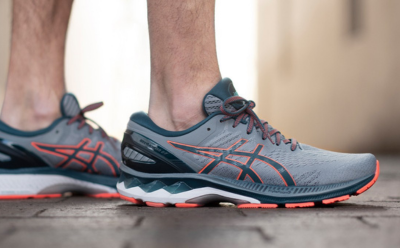
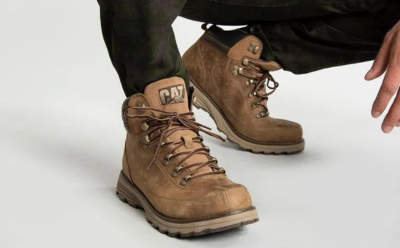
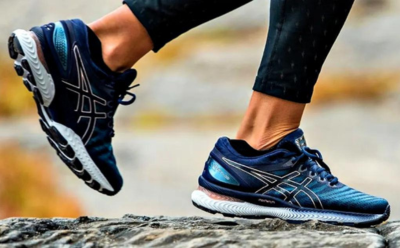
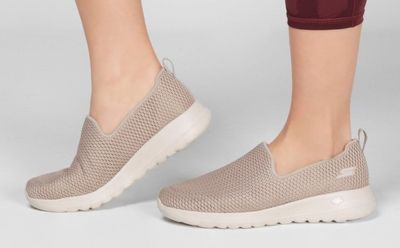
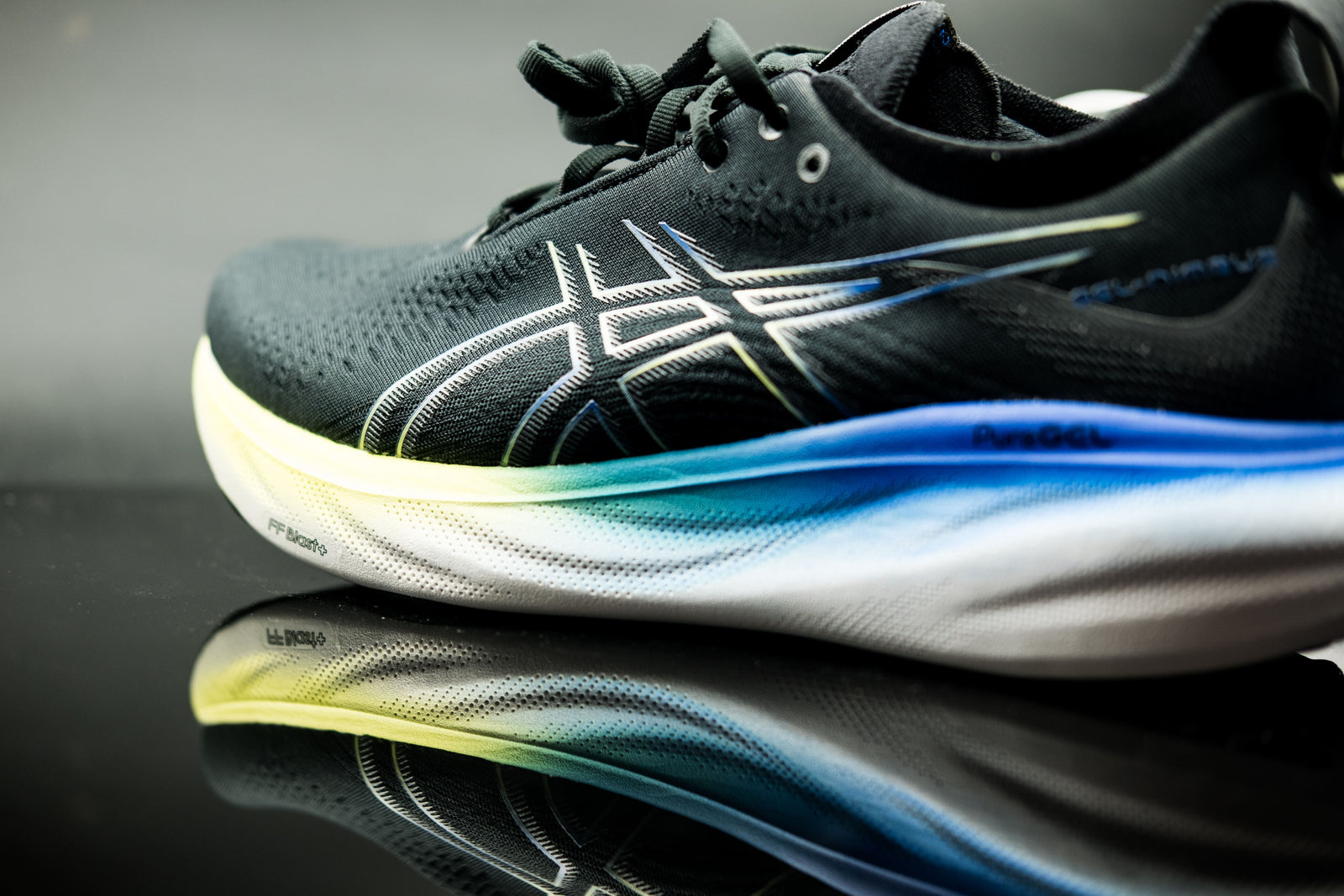

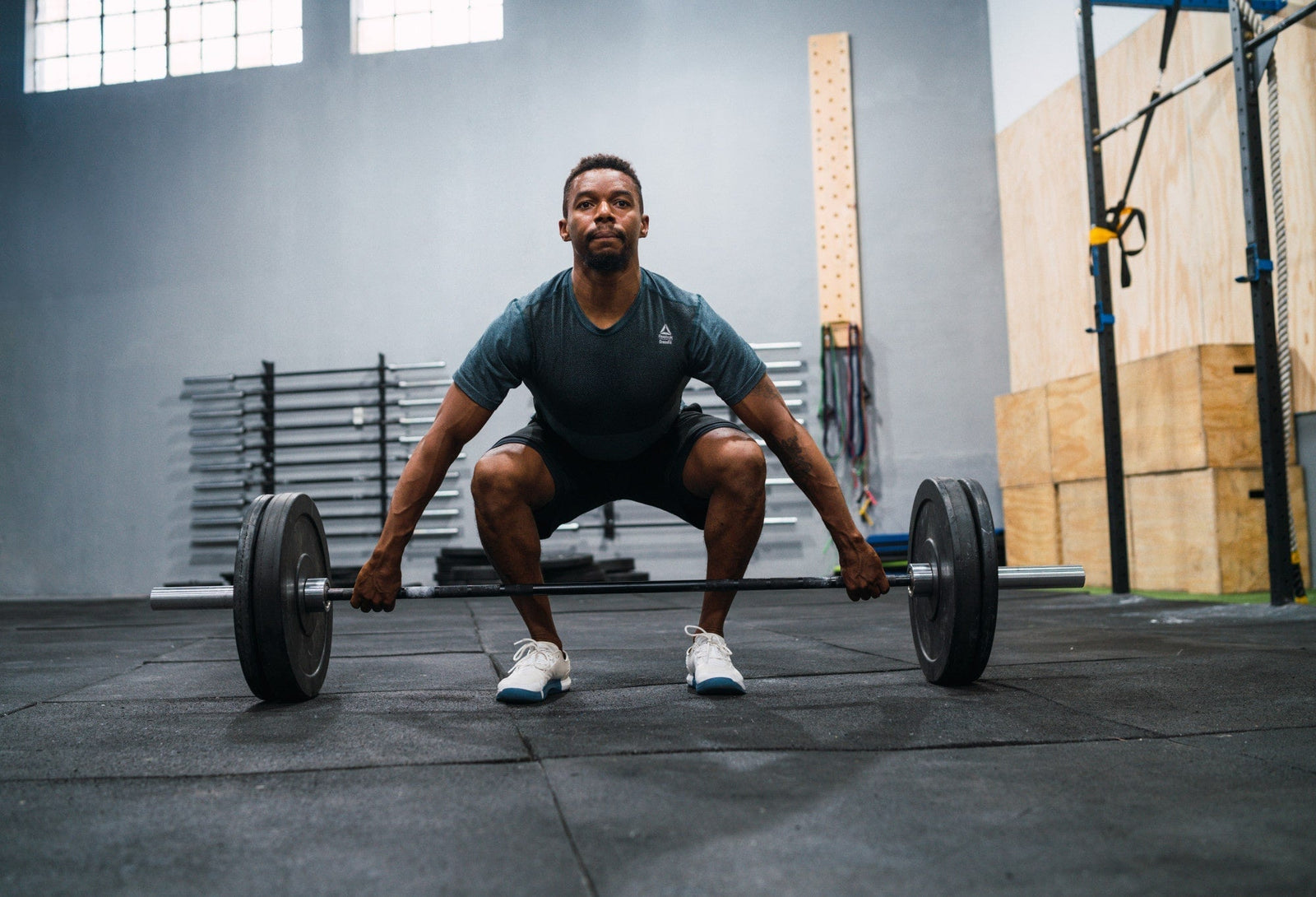
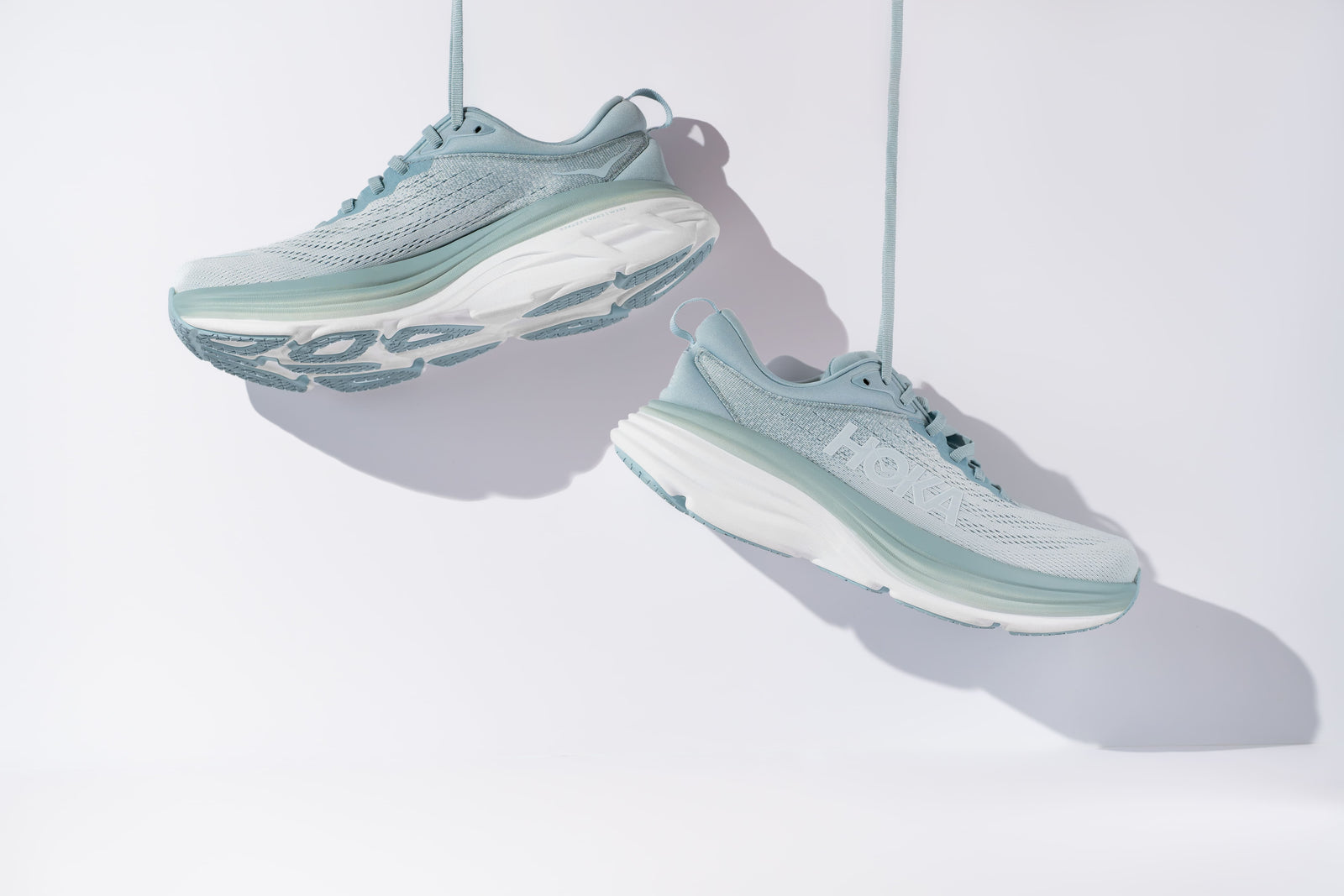
Leave a comment (all fields required)